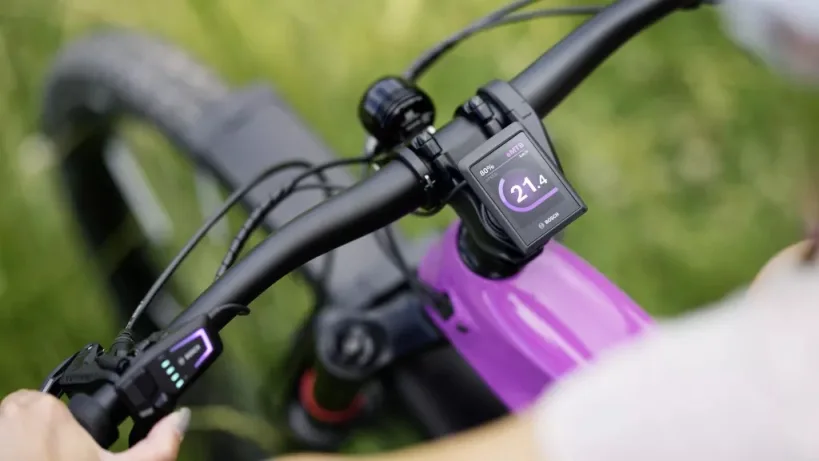Memory is not a passive recording but a dynamic, constructive process shaped profoundly by the concept of resonance—how experiences, cues, and neural patterns align to strengthen recall. Just as resonance amplifies vibrations in physical systems, neurobiological resonance underpins how we encode, store, and retrieve information. This article explores the science behind memory, using «{название}»—a modern exemplar of how contextual and neural resonance shapes lasting remembrance. From synaptic plasticity to semantic clustering, we uncover how «{название}» acts as both trigger and architect in memory systems, supported by real-world insights and research.
The Neural Architecture of Memory: Foundations of How Resonance Shapes Recall
At the core of memory lies the brain’s ability to convert experience into enduring neural patterns. Memory encoding begins when sensory inputs activate distributed cortical networks, transforming fleeting moments into dynamic synaptic ensembles. This process hinges on synaptic plasticity—the brain’s capacity to strengthen or weaken connections through repeated use and association. Crucially, `{название}` functions not merely as a label but as a resonant cue that selectively activates these ensembles, guiding which memories take root and which fade. This selective reinforcement is mediated by long-term potentiation (LTP), a cellular mechanism where repeated stimulation of synapses between neurons deepens their connectivity, anchoring «{название}» within memory circuits.
Encoding Specificity and the Role of Context
Not all memories are created equal; their retrieval depends heavily on context—a principle known as encoding specificity. When «{название}» appears in a unique environment or emotional state, it becomes a powerful retrieval cue, reactivating the full neural network associated with that experience. For example, studies show that contextual cues enhance recall by triggering synchronized activity across brain regions involved in memory consolidation, particularly the hippocampus and prefrontal cortex. This explains why revisiting a place linked to «{название}» often triggers vivid, detailed memories—contextual resonance bridges past and present.
Resonance as Memory Architecture: Enhancing Hippocampal Function
«{название}» exemplifies how conceptual resonance sculpts neural architecture. Imagine the hippocampus—an essential hub for forming episodic memories—responding strongly when triggered by meaningful, repeated cues. Repeated exposure to «{название}» strengthens synaptic pathways, increasing neural efficiency and resilience. Neuroimaging reveals that with consistent activation, the hippocampus shows increased connectivity with the neocortex, facilitating long-term consolidation. This process mirrors nature’s own resonance: just as a tuning fork vibrates in harmony with a matching frequency, `{название}` aligns with existing neural networks to stabilize memory.
| Key Neural Mechanism | Long-term potentiation (LTP) | Strengthens synaptic connections via repeated activation |
|---|---|---|
| Cognitive Process | Encoding specificity via contextual cues | «{название}` acts as a retrieval anchor |
| Structural Change | Enhanced hippocampal-neocortical connectivity | Supports durable episodic memory |
Priming and Bias in Memory Formation
Prior experience with «{название}» primes the brain, subtly biasing future memory formation through associative networks. When a new stimulus resembles this familiar cue, neural pathways activate more rapidly, increasing familiarity and retrieval speed—a phenomenon known as priming. This isn’t mere repetition; it’s resonance at the synaptic level, where repeated co-activation lowers the threshold for memory recall. However, this power introduces vulnerability: compelling narratives tied to `{название}` can distort recall, as emotionally charged or vivid experiences embed stronger, sometimes inaccurate, memory traces.
Semantic Clustering: Linking «{название}` to Existing Knowledge
Memory thrives on connection. «{название}` gains strength not in isolation, but through semantic clustering—linking new information to pre-existing knowledge networks. The brain organizes memories into semantic maps, where related concepts share overlapping neural activation. When «{название}` integrates into these clusters, it gains richer contextual support, improving both encoding and retrieval. For learners, embedding new facts within familiar semantic frameworks enhances retention far more than rote memorization alone.
- «{название}` gains power by linking to familiar themes, emotions, and sensory experiences
- Neural clusters reinforce related memories, making retrieval more robust
- New connections form through associative learning, deepening conceptual understanding
Imagination and Mental Simulation: Embedding «{название}` Deeply
Visualizing and simulating experiences involving «{название}` strengthens neural encoding more effectively than passive exposure. Mental simulation activates the same brain regions used during real experience, strengthening synaptic pathways through vivid rehearsal. This process leverages the brain’s default mode network, linking imagination to memory consolidation. When learners vividly «recreate» «{название}` in mind, the memory becomes more resilient and accessible, illustrating how internal resonance mirrors external neural dynamics.
Memory Distortion: The Risks of Compelling Narratives
While resonance enhances recall, it also introduces distortion. When «{название}` is embedded in a compelling story, emotional salience can reshape memory details—filling gaps with plausible but inaccurate information. This phenomenon, well-documented in cognitive psychology, shows how powerful contextual cues and narrative framing can alter retrieval. Understanding this helps educators design balanced, evidence-based learning environments where «{название}` supports accurate, durable memory without overloading emotional influence.
Practical Implications: Leveraging Resonance to Improve Learning
To harness the power of resonance in education and memory, design strategies that embed «{название}` within meaningful, multimodal experiences. Use real-world examples, sensory cues, and emotional engagement to strengthen neural pathways. For instance, pairing a concept with a story, image, or sound deepens encoding through semantic clustering.
- Anchor «{название}` to vivid, emotionally engaging contexts
- Use multimodal associations—visuals, sounds, and physical interaction—across learning materials
- Balance novelty with familiarity to optimize neural resonance without overwhelming prior knowledge
As research reveals, memory is not fixed but fluid—shaped by the dynamic resonance between experience, context, and neural design. «{название}` serves as a modern testament to timeless principles: context strengthens recall, association deepens retention, and imagination embeds meaning. By aligning teaching, technology, and personal learning with these natural mechanisms, we transform memory from a fragile echo into a lasting, resonant truth.
To explore how natural resonance shapes complex systems—from ecosystems to innovation—see How Resonance Shapes Systems: From Nature to «Big Bamboo».






